2018 RWKCHINA,INC.
京ICP备16013568号
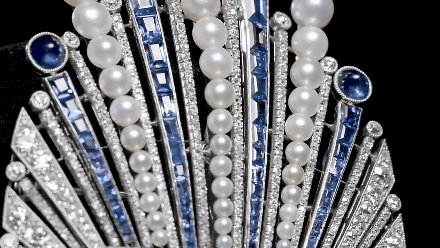
Some people think that jewelry is only the love for women. In fact, jewelry has never been exclusive to women. When the men wear all kinds of jewelry, or traditional retro or fashionable modern, we find that their style is so special and so coquettish.
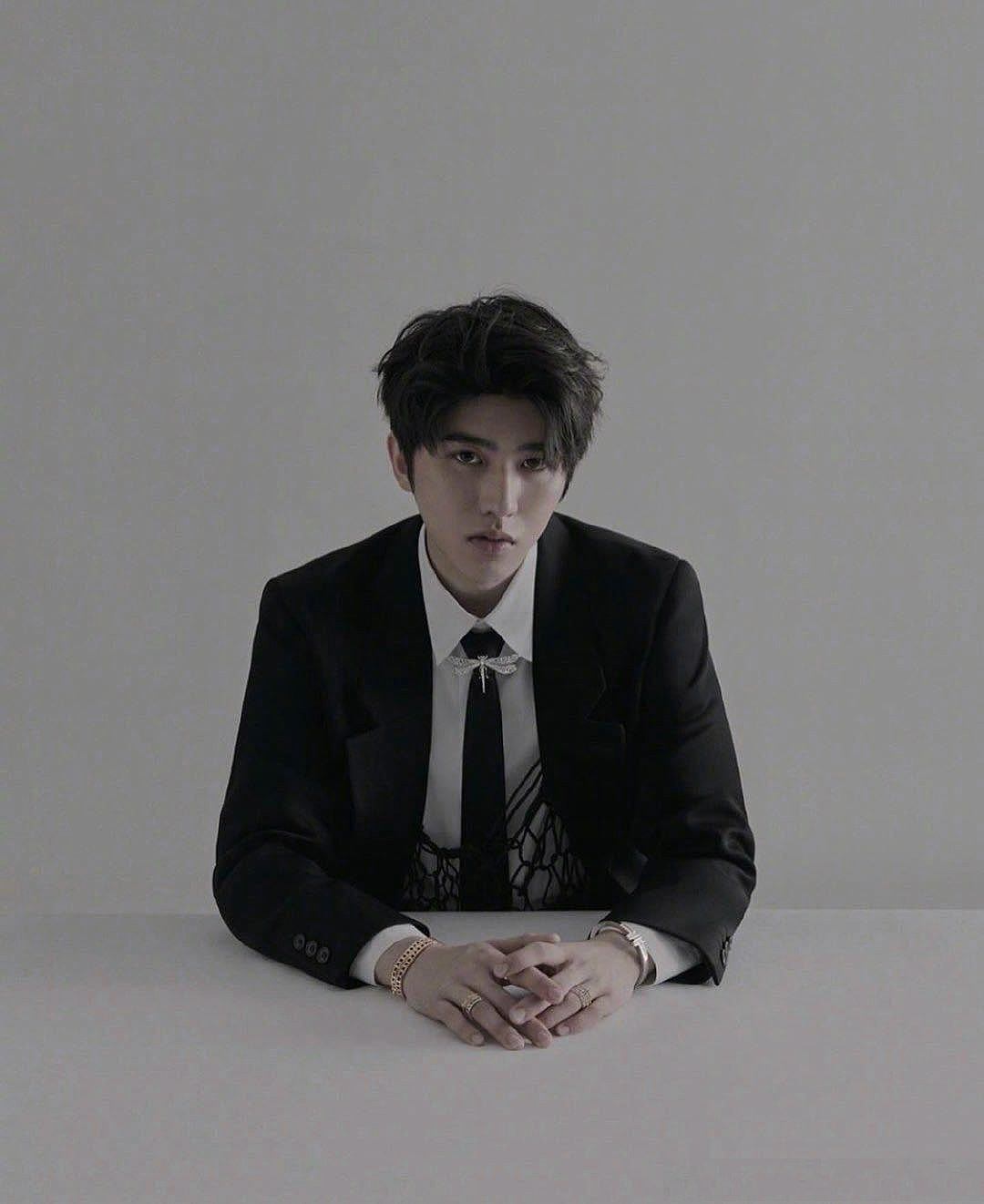
Cai Xukun "Fashion LOFFICIEL"October Cover

Cai Xukun wears Tiffany& Co.

Lee Seung-hyun wears a Chanel ring with a white sweater, giving people a warm feeling. This is different from the gorgeous atmosphere created by ordinary jewelry. This shows how malleable men can look after wearing jewelry.

Zhang Yixing wore a white T-shirt + a black suit jacket, and two layers of pearl necklaces, which gave the formality a touch of elegance and made this outfit a memorable highlight.
Speaking of men wearing jewelry, it is a thousand-year tradition left over from ancient times. Their love for gems has never stopped.
Ancient beautiful men
In ancient times, tribal chiefs and priests would wear precious shells and shiny stones around their necks or on their heads to symbolize power and status. With the development of human civilization and the accumulation of wealth. The appearance of crowns, sceptres, necklaces and bracelets made jewelry ornaments a favorite item in everyone's heart.
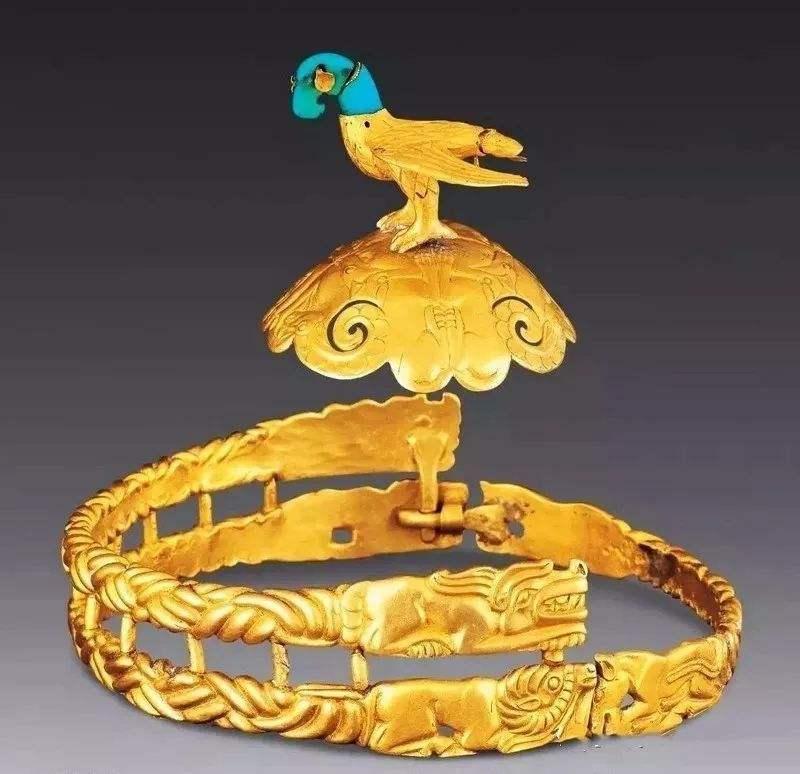
Golden crown of the Huns
Louis XIV

In the 17th century, Louis XIV was famous for his enthusiasm for jewelry, especially diamonds. In fact, at that time, pearls were the gems with high status among the nobles, But Louis 14 has a special affection for diamonds.
Louis XIV had a 111-carat giant blue diamond that was first set on Louis XIV’s crown, and later it was changed to 65 carats and attached to his tie. It is said that its "bright luster makes it unforgettable for everyone who has seen it."

Later, this diamond was presented to Marie Antoinette, the last queen of France. It was a pity that it was stolen during the French Revolution. It was discovered again in Britain and it had been cut again, and once again "slim down" to 45 carats. In 1824, the famous banker Henry Philip Hope bought the diamond and named it "hope". In fact, everyone is familiar with this diamond. It is the blue diamond worn by Ruth in "Titanic".
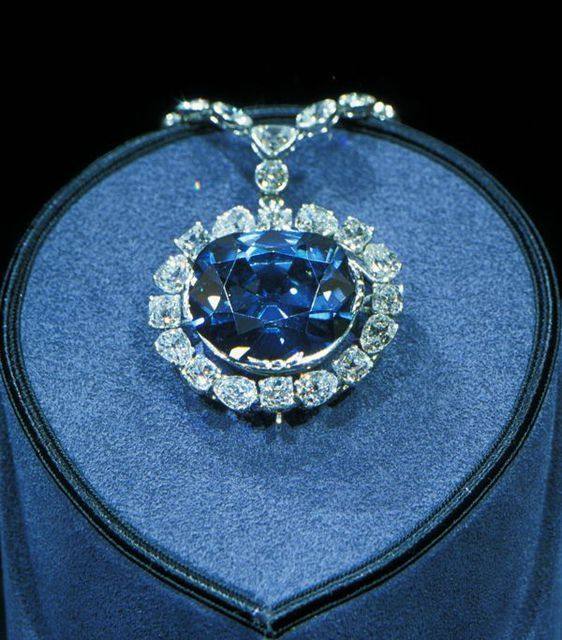

The Sancy Diamond, weighing 55.23 carats, fell into the hands of many people during the Revolution and eventually returned to France, where it is now on display in the Louvre.

Another eagle-shaped brooch belonged to Mary Louise Gonzaga, Queen of Poland, and was bought by Louis XIV in 1669, using materials such as: Gold, precious stones and enamel and 149 rubies.
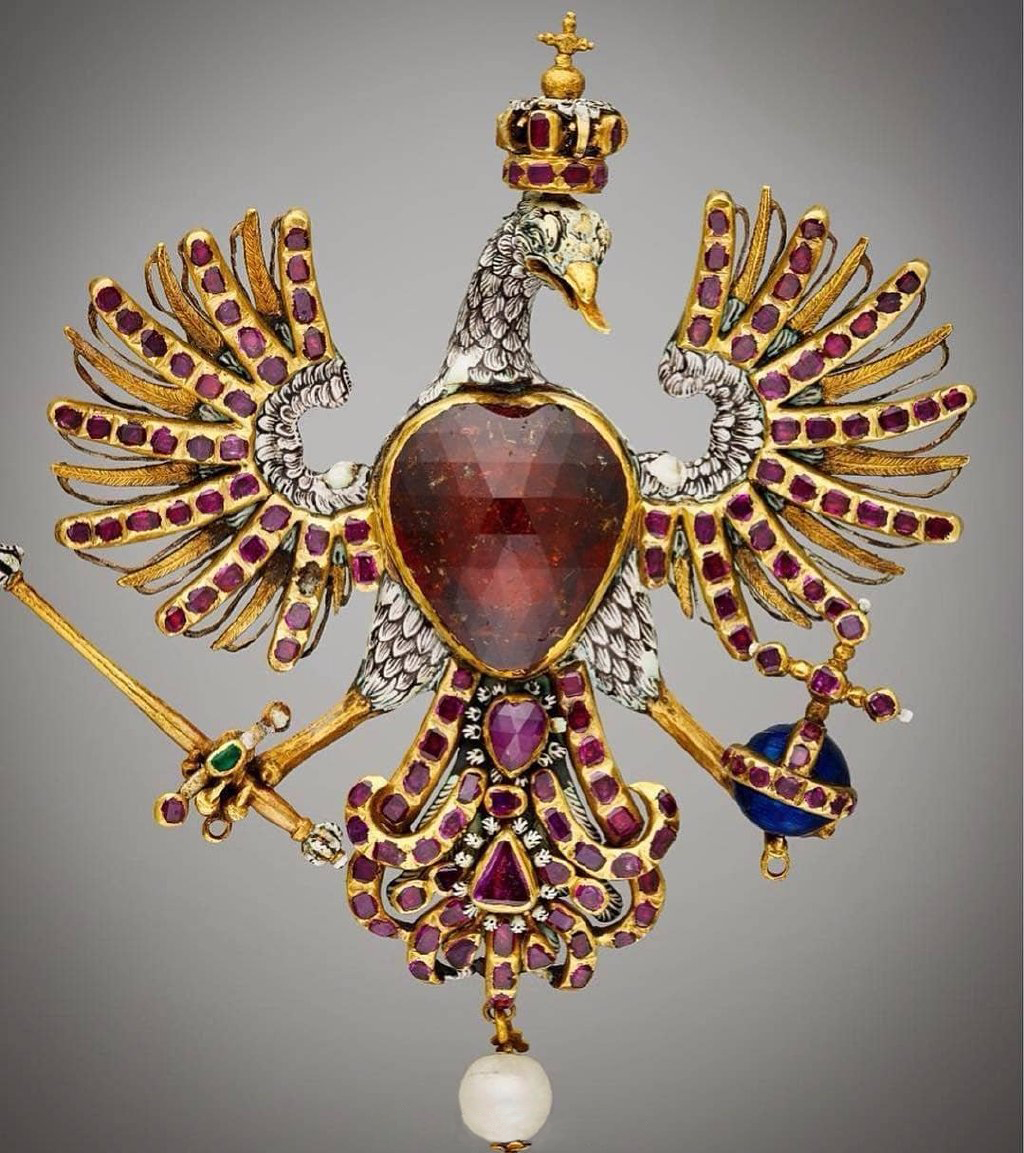
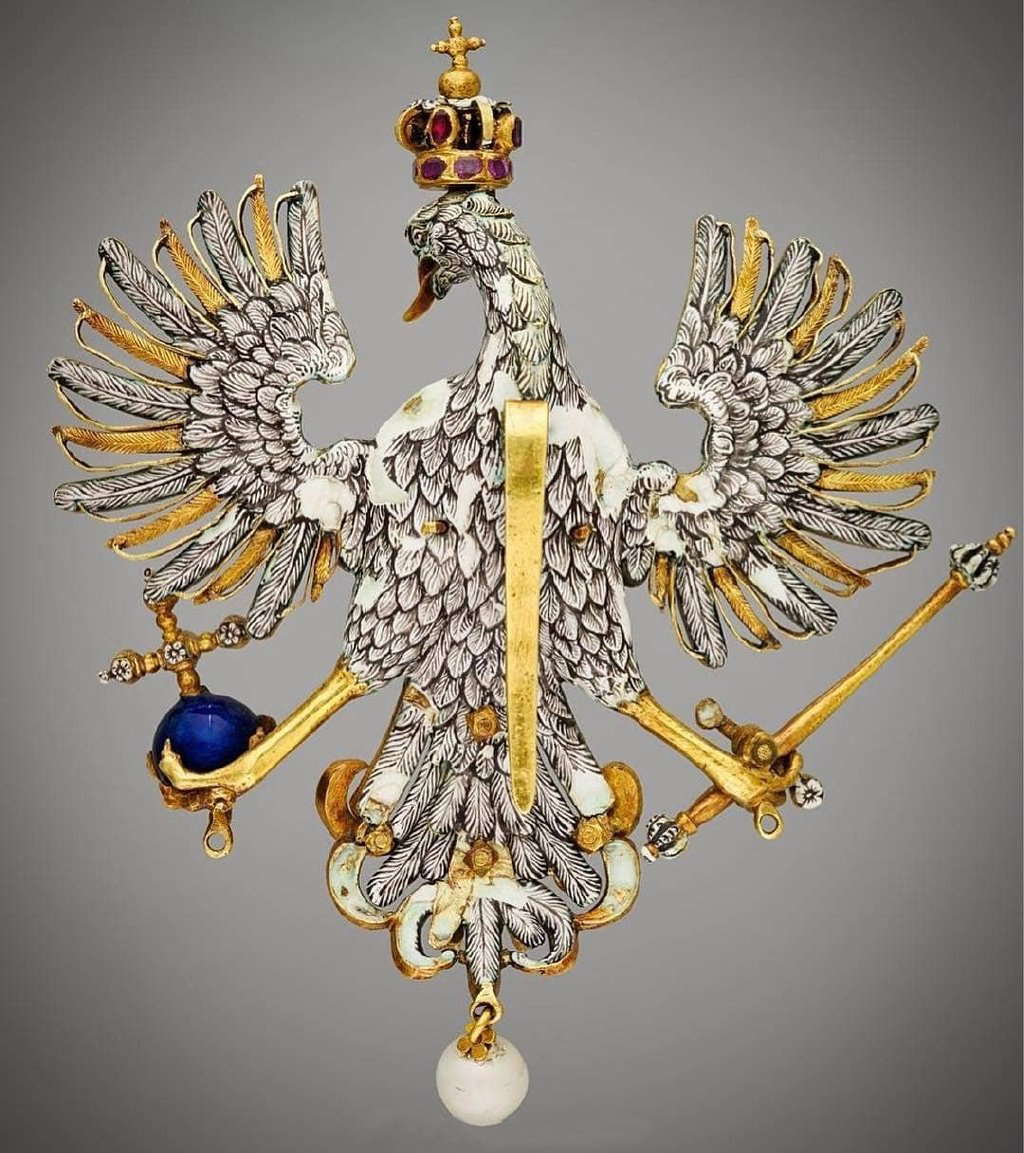
Mughal gem
There is also a group of men from the Indian subcontinent who are passionate about gems. Gems gradually became a symbol of kingship. “Diamonds are very hard gems and symbolize invincibility.” Gradually gems became a way for nobles to compare.
For example, Emperor Akbar sent his envoys to Goa to buy a large number of gems, and in the 1590s he built 12 treasure houses, dedicated to the collection of various uncut gems and finished jewelry.

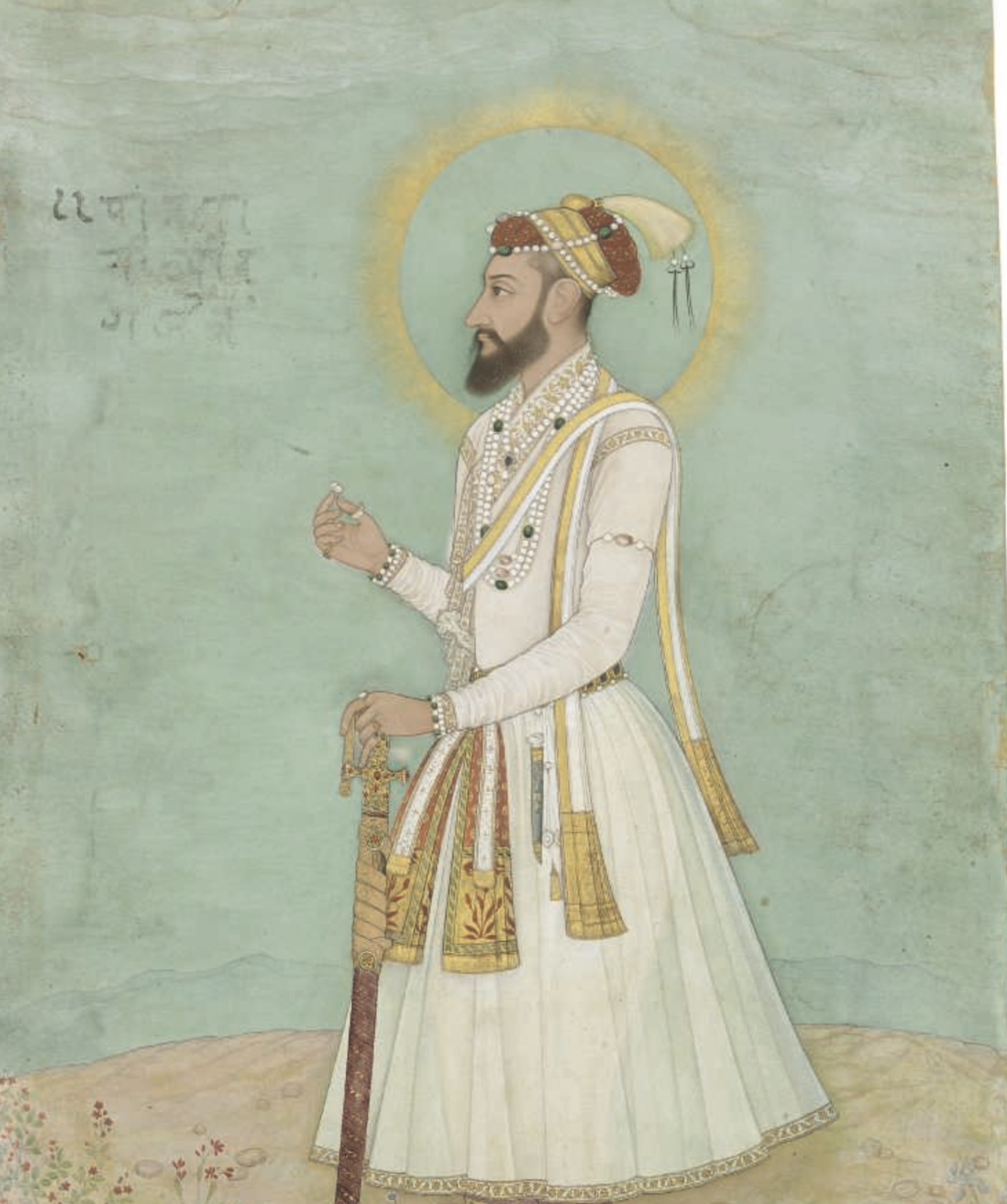

The Mirror of the Sky-This diamond is a rectangular cut diamond, 52.58 carats, and the interior is pure and flawless from Golconda, India. This quality is rare in diamonds from other regions such as South Africa, Russia, Canada or Australia. Regarding their special whiteness, they are usually described as soft, clear, watery or pure.


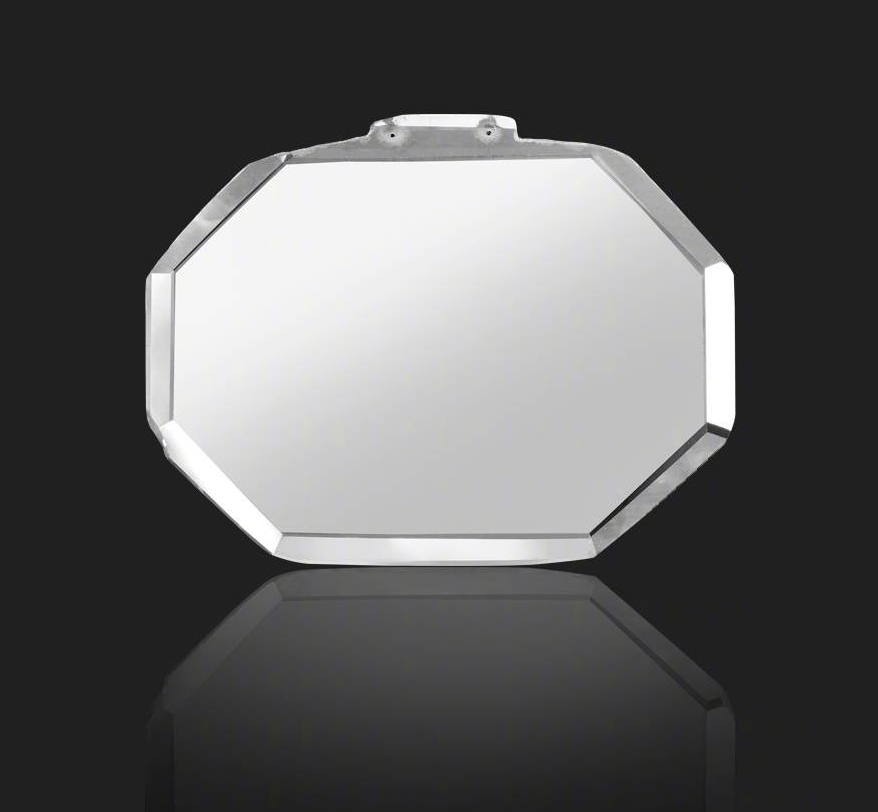
Agra pink diamond-the fifth largest pink diamond in the world

Its origin can be traced back to India in the 15th century. This diamond first belonged to the Rajah of Gwalior family. Later, the family was slaughtered after the Moghuls conquered Agra. The name of this diamond is Name the city.
Idol's Eye-the 7th largest blue diamond in the world

The original stone was found in kollur mine, Golconda, India, in 1607. It weighs 11,050 carats-in pieces and has the color of sky blue stones, which are very rare in nature. After careful design, the original stone has been carved into a number of diamonds, the largest of which weighs 70.2 carats and is triangular in shape with a clear and elegant color, like the crystal Eye of a god's lake, so it is called Idol's Eye.
There are many legends about this 70.2 carat blue diamond, and two of the more popular versions are: one is the legend that it is the "ransom" given by the chief of Kashmir to the Turkish sultan who blackmailed Princess Rasha Taha. The second is in the 17th century. The Idol’s-Eye belonged to a Persian prince, Rehab. But he encountered a debt crisis, so he used the Idol’s-Eye to pay off the debt, so this big diamond was owned by the East India Company.
The kings of the Mughal Empire like to carve their names and titles on gems. This tradition is not only a symbol of wealth and dignity, but also their amulet.


Ruby engraved with Arabic script
In 1616, an English emissary wrote to King Charles I of England: "Here is the world of jewels, and here the emperor buys all the jewels he sees, preferring the making of them to the wearing of them."
Shah Jahan, the fifth Mughal emperor (who built the Taj Mahal), built an even more grandiose throne of imperial power in precious stones, a throne made of gold and studded with rubies, sapphires, emeralds, diamonds, spinels and enamel.
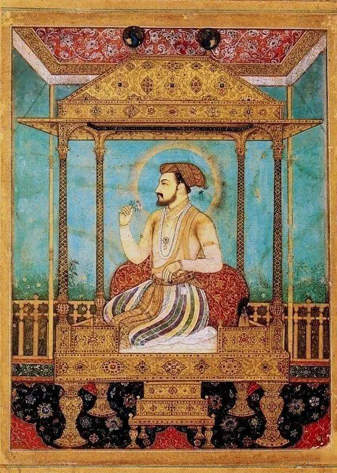
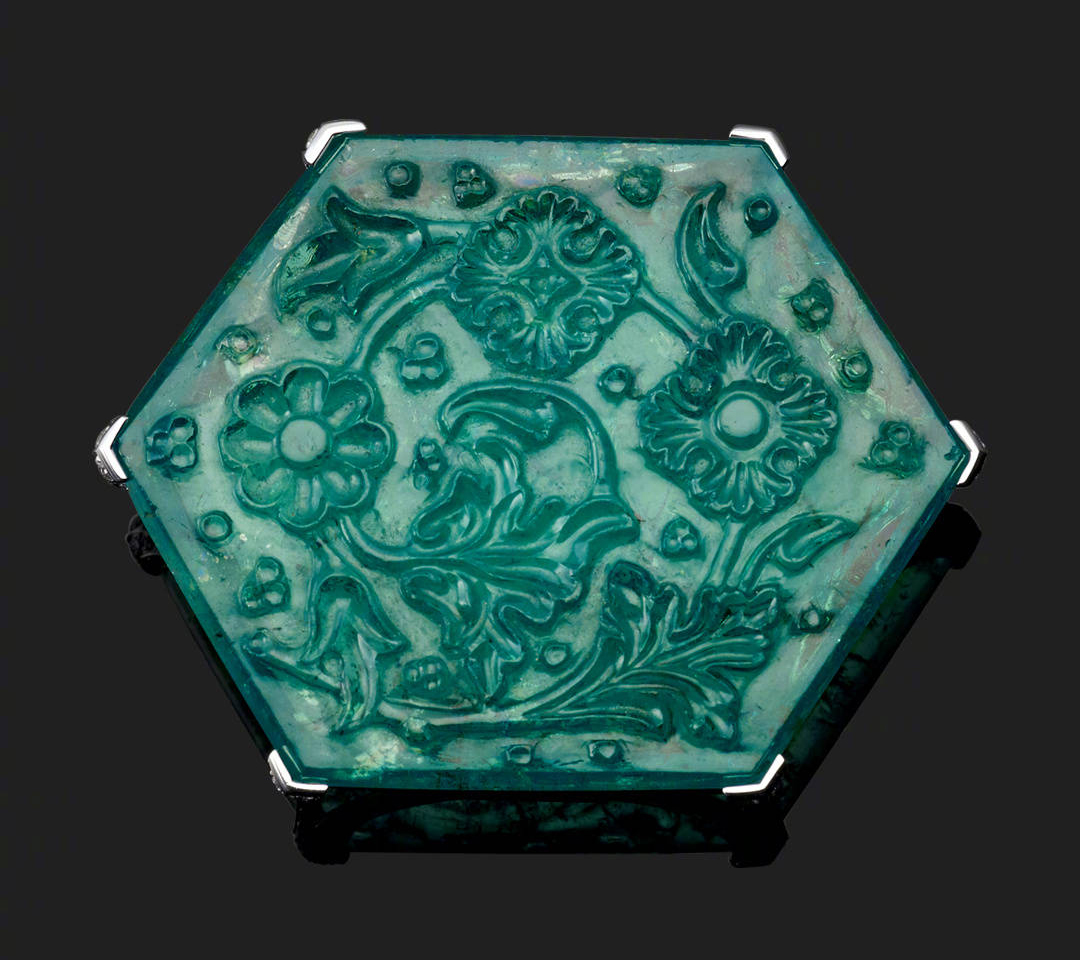
Taj Mahal emerald
By the 18th century, with the transfer of royal power to the provinces, artists and artisans had gradually spread to different regions, and watches were made in large quantities, using the art of setting various gemstones with gold thread. And it continued well into the early 20th century. After the British empire colonized India in 1857, European influence on Indian jewelry and art began to rise.

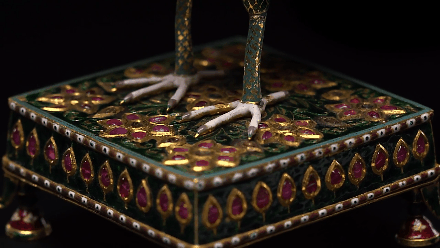
The monarchs of the prince state
In the later period of the Mughal dynasty in British India, the entire political structure of India consisted of two parts, one was the area directly managed by the governor of India, and the rest was ruled by local rulers under the protection of the British. It is called a "Maharaja", and the Maharaja is the monarch of the prince state.
At first, Jacques Cartier (the founder of Cartier) sold the typical Cartier jewelry he brought from France to local ladies, but later he discovered that the male jewelry market here has huge potential, and these Indian princes especially like it. Buy jewelry for themselves. And Cartier's new design based on Indian culture has also been highly sought after by Indian princes. Compared with the design of old Indian jewelry, these princes prefer the novel design brought by Cartier.
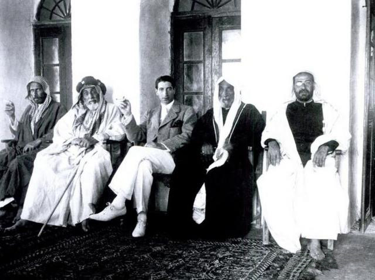
Jacques Cartier and the monarchs of prince state


The most famous of Maharaja jewelry is "Patiala Necklace"
In 1925, Cartier's workshop in Persia received a special small box filled with precious gems and jewels, and even "De Beers" diamonds. This box was sent by Bhupinder Singh, the maharaja of the Indian state of Patiala. He asked Cartier to customize a dress necklace worthy of the king. In order to create this necklace, Cartier spent nearly three years, until 1928 was completed.

Sir Yadavindra Singh wears a necklace made by Cartier for his father Sir Bhupindar Singh.
-- The Herald, 1928
Once the necklace was completed, it became one of the most expensive jewelry in the world. The entire Patiala necklace consists of 5 rows of continuous diamond platinum chains, containing a total of 2930 diamonds, with a total weight of nearly 962.25 carats. In the center of the necklace, the world’s seventh largest diamond, "De Beers", is inlaid with this diamond. It weighs 428 carats when uncut and 234.65 carats after cutting, which is almost the size of a golf ball.
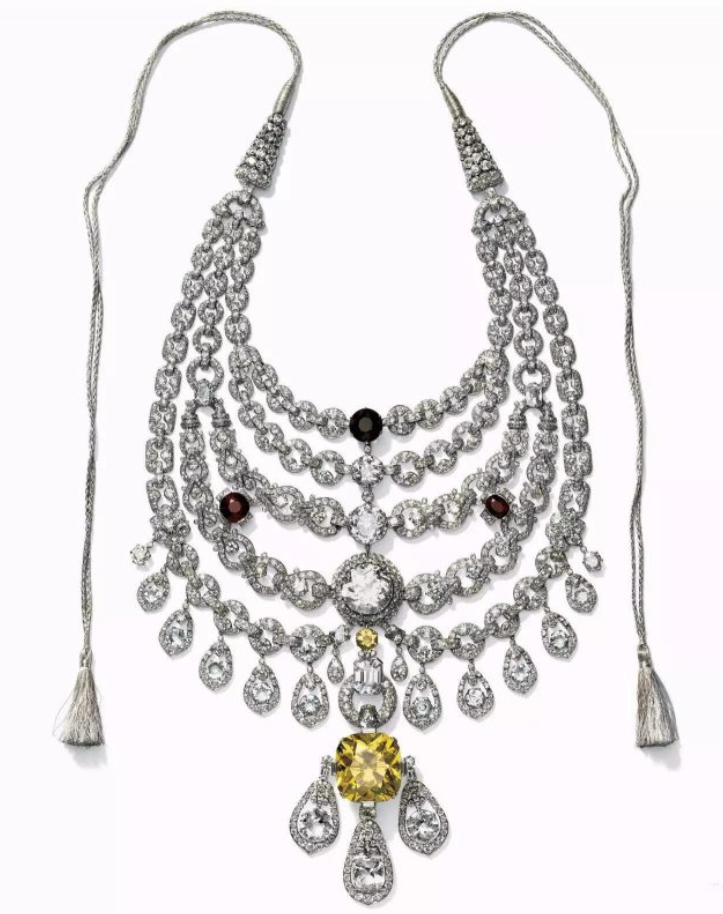
The necklace disappeared after India's independence in 1947. In 1998, a Cartier staff encountered it again in London. At this time, this necklace has become a victim of the war: the necklace's gems have disappeared, only the platinum chain frame is left, in order to make this legendary necklace shine again. It took more than two years for Cartier to reinlay this legendary necklace. Unfortunately, due to the disappearance of important rhubarb diamonds, Cartier’s employees had to use topaz, citrine and other alternative materials to complete this necklace.
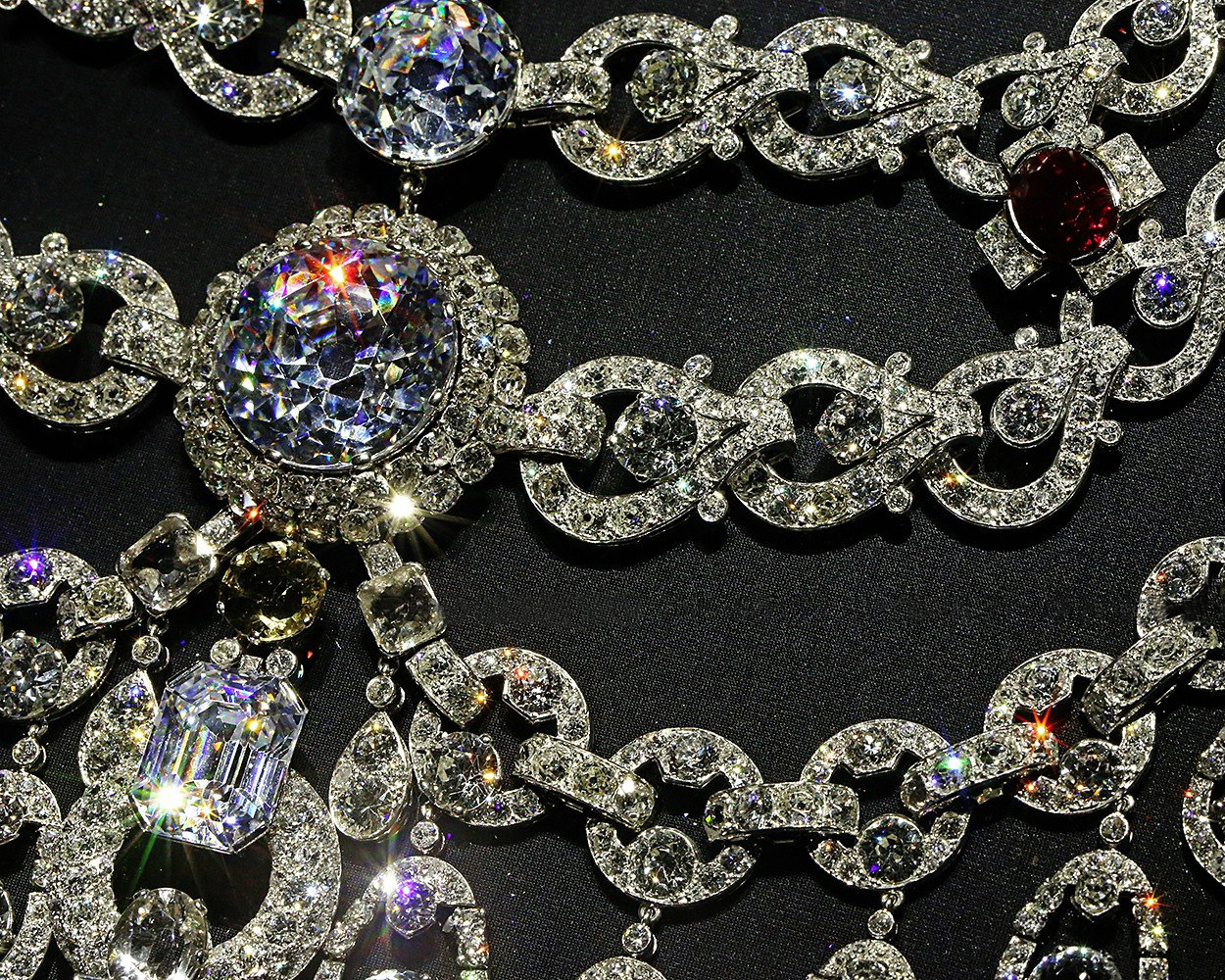
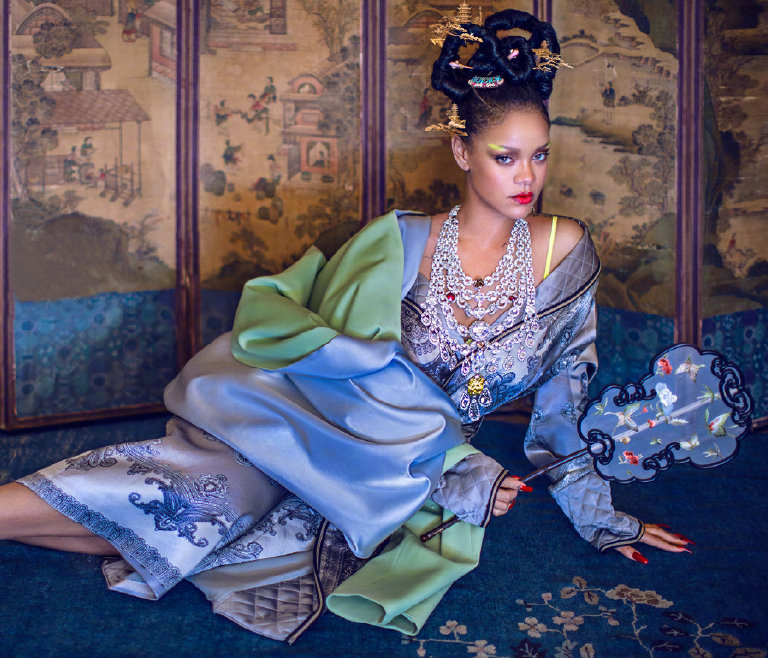
Lord Bhupinder Singh who customized this necklace, bought India's first private jet in 1910 and built a runway for it.


Bhupinder Singh does not seem to have left any photographic materials with the "Partiala Necklace", but this photo is widely circulated, with the headpiece also made by Cartier and inlaid with diamonds, rubies and emeralds.
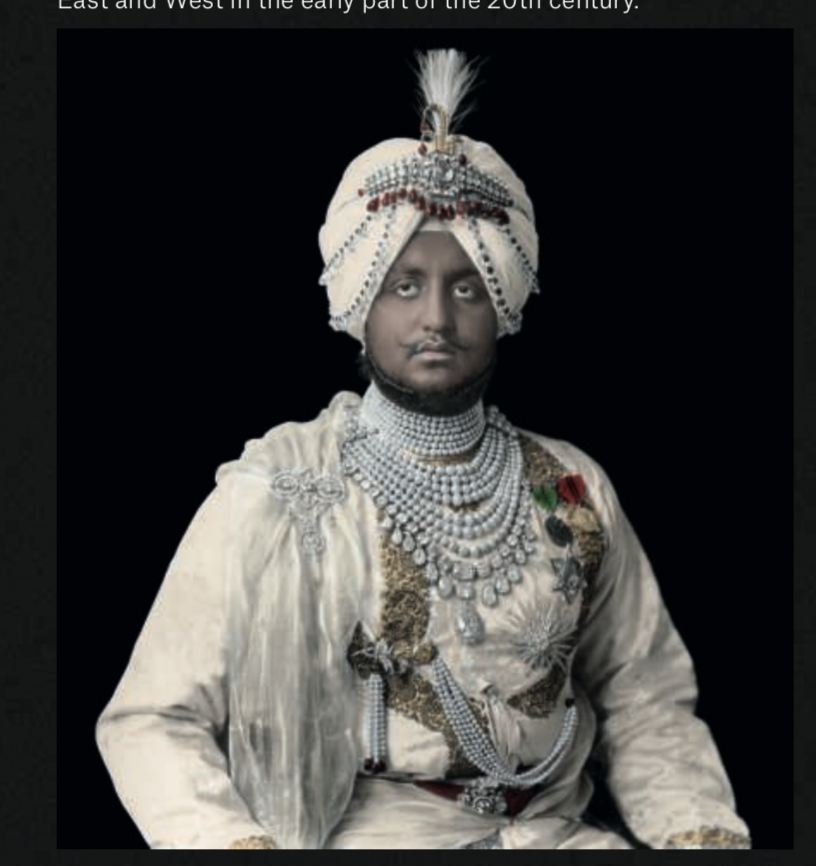
The richest man in the world
Hyderabad was the richest state in British India at the time. Osman Ali Khan, the last Maharaja of Hyderabad, was considered "the richest man in the world" during his lifetime. He already had $2 billion worth of money in the early 1940s. Assets, and this money is equivalent to today’s 40 billion US dollars.
In February 1937, Osman Ali Khan appeared on the cover of Time Magazine as the world's richest man. Forbes once made a statistics of "the richest man ever", and Osman Ali Khan ranked fifth.

Osman Ali Khan
As the richest man in the world, a large part of Osman Ali Khan’s wealth is his gold and silver treasures. It is said that he owns 100 million pounds of gold and silver bricks and 400 million pounds of jewelry, including 173 gems and Countless pearls.
Osman Ali Khan is the owner of the Jacob Diamond, the fifth largest diamond in the world, weighing 184.5 carats and worth 100 million pounds. Although this diamond is invaluable, Osman Ali Khan found it from his father's shoes, and then he has always used the diamond as a paperweight (the local tyrant’s world is so self-willed)
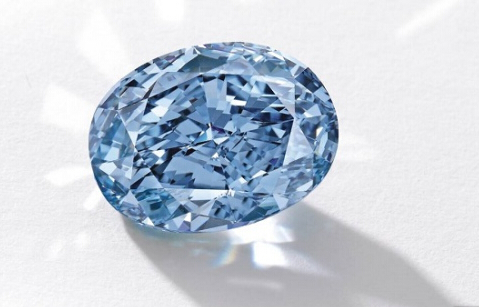
Alchot 2-Blue Diamond
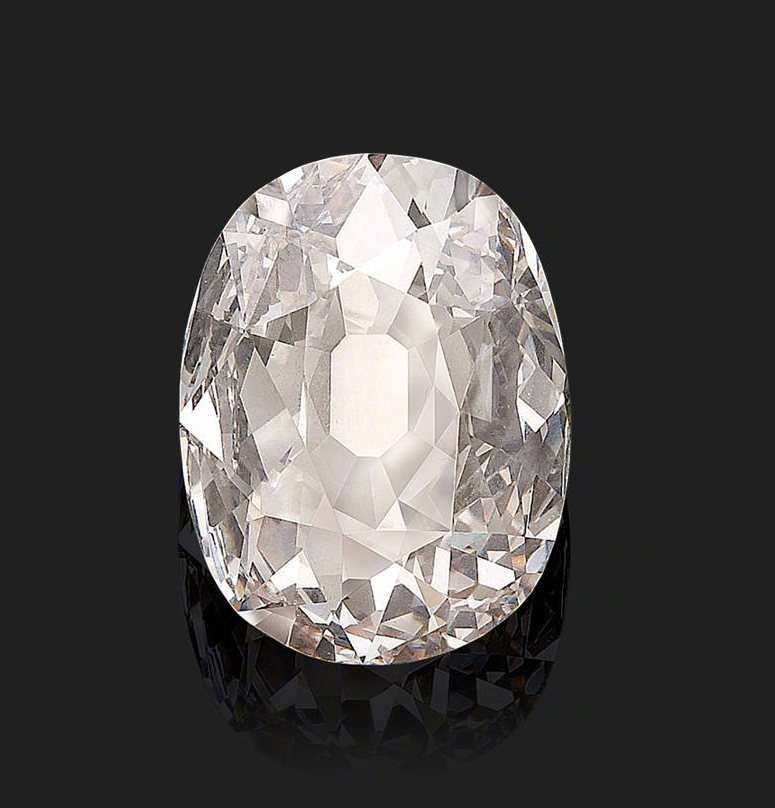
Golconda Diamond
Ending
Jewelry is no longer just a woman's patent. Once men like jewelry, they will be crazier and more persistent than women. It can also show one's own personality and style, and it is also a symbol of wealth.